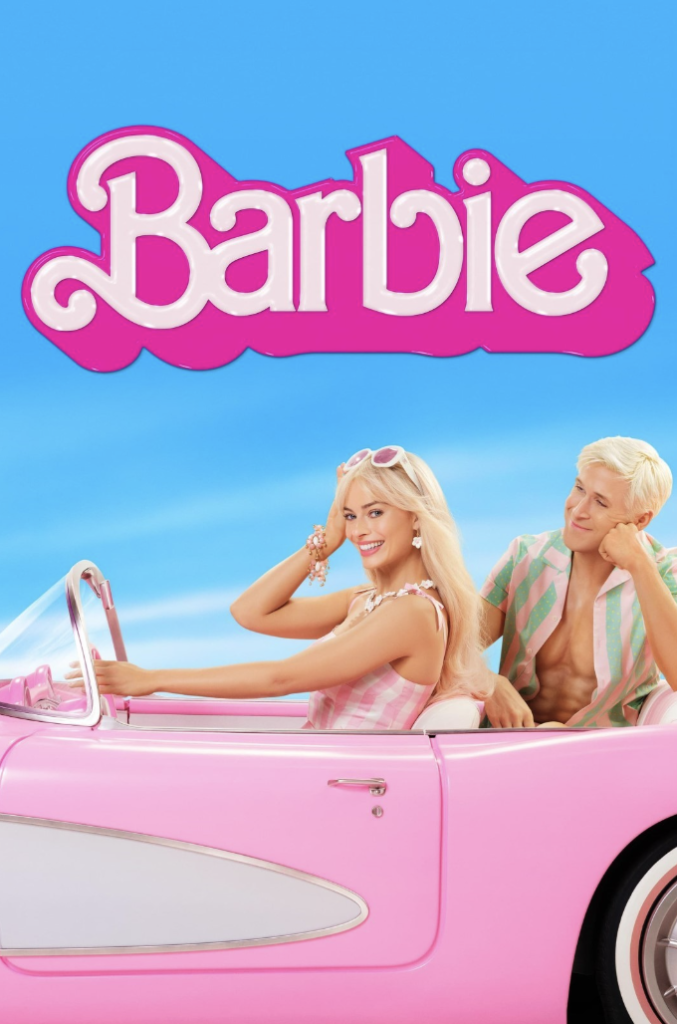This past summer, teen girls and women watched the “Barbie” movie with low expectations, excited to dress up and indulge in a world of pink. We walked away from that movie transformed; whether it was America Ferrera’s powerful monologue, the unapologetic celebration of pink, or the sharp critique of the patriarchy, we were all changed.
Before the “Barbie” movie, I despised pink. I even disliked Barbie. Growing up in a time where hyper-femininity was the norm, I rejected it entirely. The first time I wore pink was at the Barbie movie premiere, and it has since become my favorite color. The movie allowed me to embrace my femininity for the first time and feel comfortable doing so. This personal transformation was significant, but it also prompts reflection on what the “Barbie” movie could have done, particularly in terms of representation.
The movie’s deconstruction of the patriarchy resonated deeply with many, calling out societal norms that often marginalize women. In a world where representation matters, particularly for younger children, this film had the potential to set a new standard. However, it fell short in fully embracing this opportunity.
Historically, Barbie has not always been inclusive. The original Barbie, introduced in 1959, was a fashion icon rather than a career model. In the 60’s and 70’s the only diverse dolls were sidekicks—just friends of Barbie. It wasn’t until 1980 that the first Black and Latina Barbies were introduced, and not until 2015 did Mattel begin to diversify significantly due to declining sales rather than a genuine commitment to inclusivity. The introduction of new skin tones, hair types, and body shapes was a response to market pressures, making the move feel performative rather than progressive.
Despite the strides Mattel has made in diversifying its Barbie line, the movie largely maintained a focus on white feminism – feminism that excludes the experiences of women of color and other marginalized women – missing a crucial chance to highlight women of color more prominently.
This performative aspect is evident in the movie. While America Ferrera’s character, Gloria, provided a poignant critique of modern womanhood, she ultimately played the role of the token sidekick best friend, a familiar trope for women of color in Hollywood. Similarly, the inclusion of a Black President, among other diverse characters, did little to shift the narrative focus from the predominantly white protagonists.
Barbie’s history of inclusivity is a mixed bag. The first Barbie with a disability was introduced in 1997, yet faced pushback because her wheelchair couldn’t fit through the doors of the Barbie Dreamhouse, prompting the cancellation of the line until 2019. Since then, Mattel has made strides by introducing Barbies with prosthetics, vitiligo, and hearing aids, among others. However, these dolls are often marketed merely as fashion accessories rather than being given the aspirational careers that other Barbies enjoy, reducing them to their disabilities.
The Barbie movie, while a step forward in many ways, could have done more to embrace and reflect the diversity of its audience. In a time where the backlash against the Black Ariel or Latina Snow White live action remakes is fierce, Barbie could have taken a bold stand. This would have aligned with Barbie creator Ruth Handler’s original vision of Barbie as a doll that inspires girls to envision themselves in any role or career.
Despite its shortcomings, the movie did spark important conversations about gender roles and encouraged a broader acceptance of femininity. It made many of us reconsider our relationship with traditionally feminine aesthetics and challenged the patriarchy in a mainstream platform. However, for Barbie to truly be a beacon of modern feminism, it needs to embrace intersectionality more fully and move beyond performative inclusivity.
It missed an opportunity to fully embrace and represent the diverse experiences of all women. The film was a pivotal moment for many, myself included, but it is essential to recognize both its achievements and its limitations. Moving forward, let’s hope that Barbie continues to evolve, reflecting the multifaceted world we live in and inspiring all girls to see themselves in her.


Leave a Reply